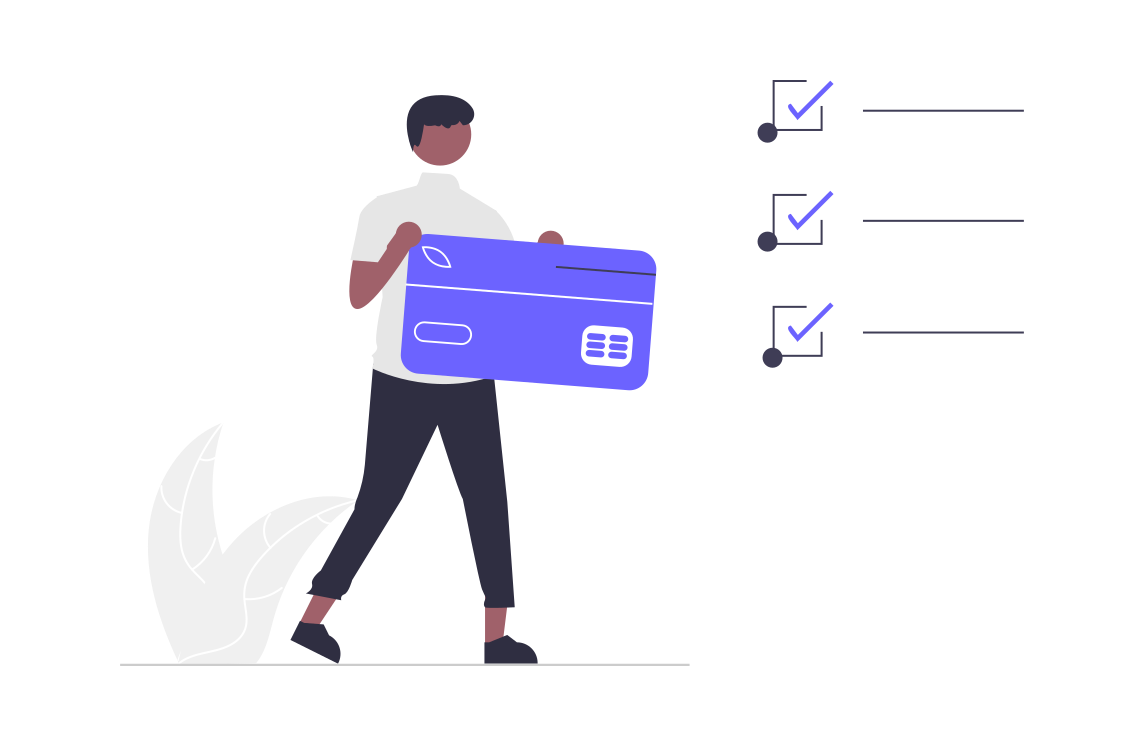Why You Need to Understand Bounce Rate and How To Reduce It?
Your website’s bounce rate is one of the most useful web statistics you can get your hands on. This one statistic can tell you whether your online efforts are successful or not. Here’s why.
The Definition
Every time a visitor to your site views only a single page, that’s a bounce. The bounce rate is the percentage of all your visitors that follow that pattern. So if your bounce rate is 50%, that means that half your visitors leave after viewing only one page.
Any good web analytics program will show you the bounce rate. The industry standard, Google Analytics, displays it extensively across different types of reports.
The reason it’s such a useful metric is that it’s the easiest way to see if people like your site and content. The lower the bounce rate, the more people like what you’re doing.
How High Is Too High?
If your bounce rate is less than 50%, break open the champagne because you’re doing much better than average.
If you’re at 60% or above there’s room for improvement and 80% or more means you need to fix it as a priority.
There’s an important caveat to remember. If your main goal is to have users go as soon as possible to another website – click an affiliate link, an ad or go to a shopping cart that’s hosted on another server – then a high rate is fine. In fact it’s good.
The same applies if your primary goal doesn’t result in a second page load, like calling a sales number.
The figures will also differ depending on traffic source – Twitter users tend to only view the page featured in a tweet, for example – and the type of content on your site. Question and answer and informational sites are examples where most visitors will leave as soon as they have the answer they were searching for.
How to Reduce Your Bounce Rate
All you need to do is encourage as many users as possible to visit a second page.
There are two types of “bouncers”. First, visitors who leave almost immediately they get to your site and, second, users who read the whole page but leave afterwards.
Let’s look at how to deal with these two different types.
The top reason people hit the back button quickly is slow loading sites. People are impatient. If your pages take too long to display they won’t hang around.
So take a look at your sidebar and site headers. Widgets in particular are usually slow loaders, so remove any that aren’t absolutely crucial. And in all honesty, I have never seen a single widget that contributed to a better user experience.
Often the work of a widget can be replaced with an image. Switch that latest tweets widget for an icon – it loads faster and does the same job of encouraging users to follow you on Twitter.
Cut down on your plugins
If you’re using WordPress with a lot of plugins, try to reduce the number you have – each one takes time to run and too many will slow things down.
Speed up your code
Get your web developer to slim down the HTML and CSS code used for your site by removing anything that’s not essential and compressing the code.
Alternatively, use a WordPress theme that’s been especially developed to be fast-loading (I recommend Thesis). A nice bonus of using a good WordPress theme is never having to pay a web developer again – you know, the one who never answers your emails.
Use reliable hosting
Make sure you’re on a decent web host – slow loading servers mean slow loading sites. On the other hand, fast loading websites do better in search engine results. For more tips, see the post on improving site loading time.
Is Your Content Hidden?
Sometimes the layout of a site is so cramped, covered with ads and generally confusing that users have to concentrate to find the content. Most won’t bother, so don’t make that mistake.
On a similar theme, make sure your site navigation is super obvious. If a user can’t figure out where to go next they won’t bother.
Basically, anything that’s a distraction needs to go.
Other factors that can adversely affect your bounce rate
Not the expected content
If I visit a content marketing blog and you’ve just posted about having to clean up after your cat’s seventh birthday party, I’ll probably leave. Keep on topic.
Too many popups and overlays
People came to read your content. Let them do it.
Bad Design
Maybe your web design is awful?
Just sayin’.
Get some honest opinions from people in your target market. The design might not actually be bad, it might just be inappropriate for your message. The design might be too stuffy for a creative business, for example.
Don’t autostart start anything
Let users decide when to play a video or piece of audio.
Keeping People For More Than One Page
Now let’s look at the second group of “bouncers”, the people who read all of your post but then leave.
This is easy to fix.
Since these users are engaged enough with your content to read right to the end, if you show them links to similar content they’re very likely to click on them.
You can do this by showing related posts at the end the of each post and adding a list of popular posts either next to the related posts or in your sidebar.
Good WordPress plugins to do this are Yet Another Related Posts Plugin and LinkWithin, which is a hosted service so it adds no extra load to your server and is easy to install and set up. LinkWithin also works on Blogger, TypePad and other publishing platforms.
Improve your typography
Pages that are difficult to read have a higher bounce rate.
Use short paragraphs – because big chunks of text are off-putting – and make sure your font size isn’t too small. Good sizes are 14px (pixels) and above.
Finally, make sure the main column of text isn’t too wide. Studies show that between 500 and 600 pixels is the ideal width for ease of reading.
Final Tip
When you’re digging around in Google Analytics, make sure you look at the bounce rates for individual pages, not just the site as a whole. Sometimes you’ll find that a few pages have a very high rate that’s the skewing the overall figure.
Often, manually adding related links to those page will bring the percentage down to something acceptable and save you a lot of extra work.
Go hassle free with Tigillo
Tigillo helps you to improve your visitors experience. Contact us for reviewing your web site and turning visitors into leads!
# insights
# startup
# web



